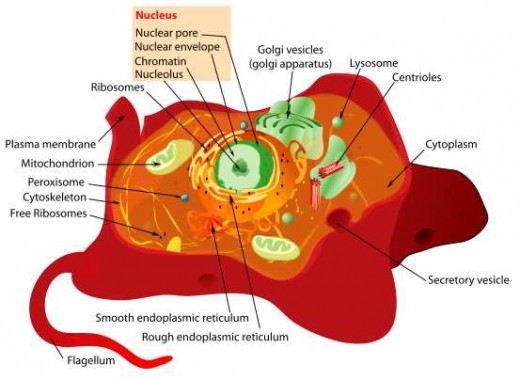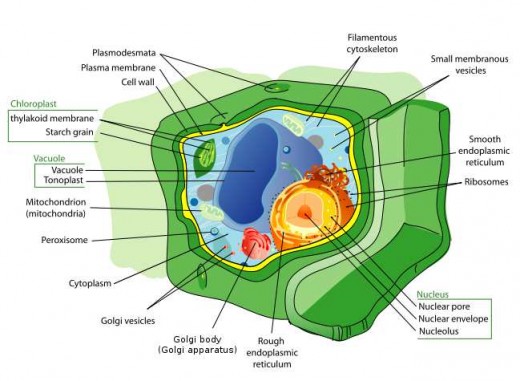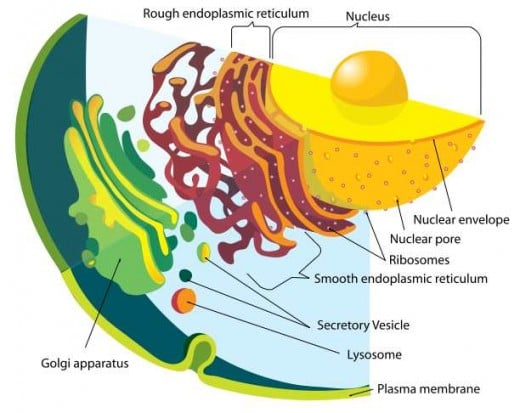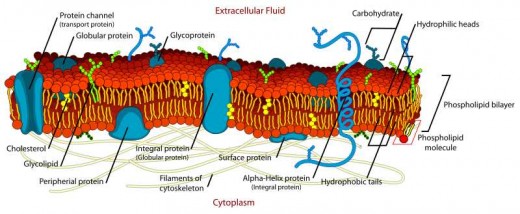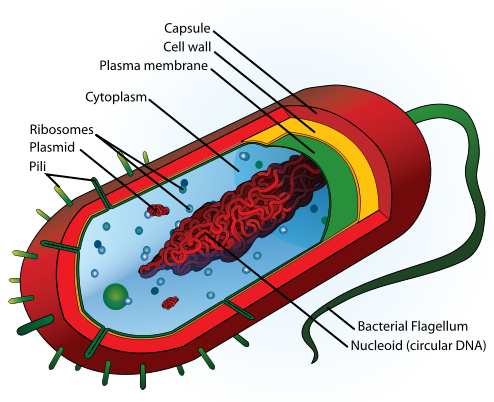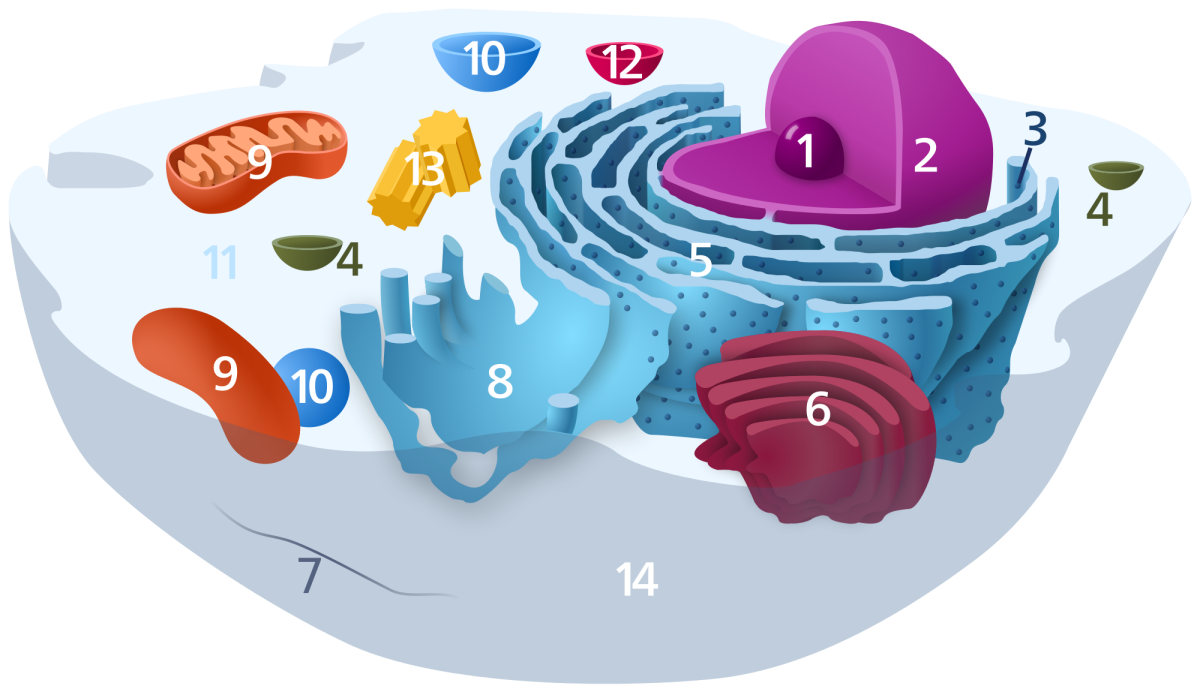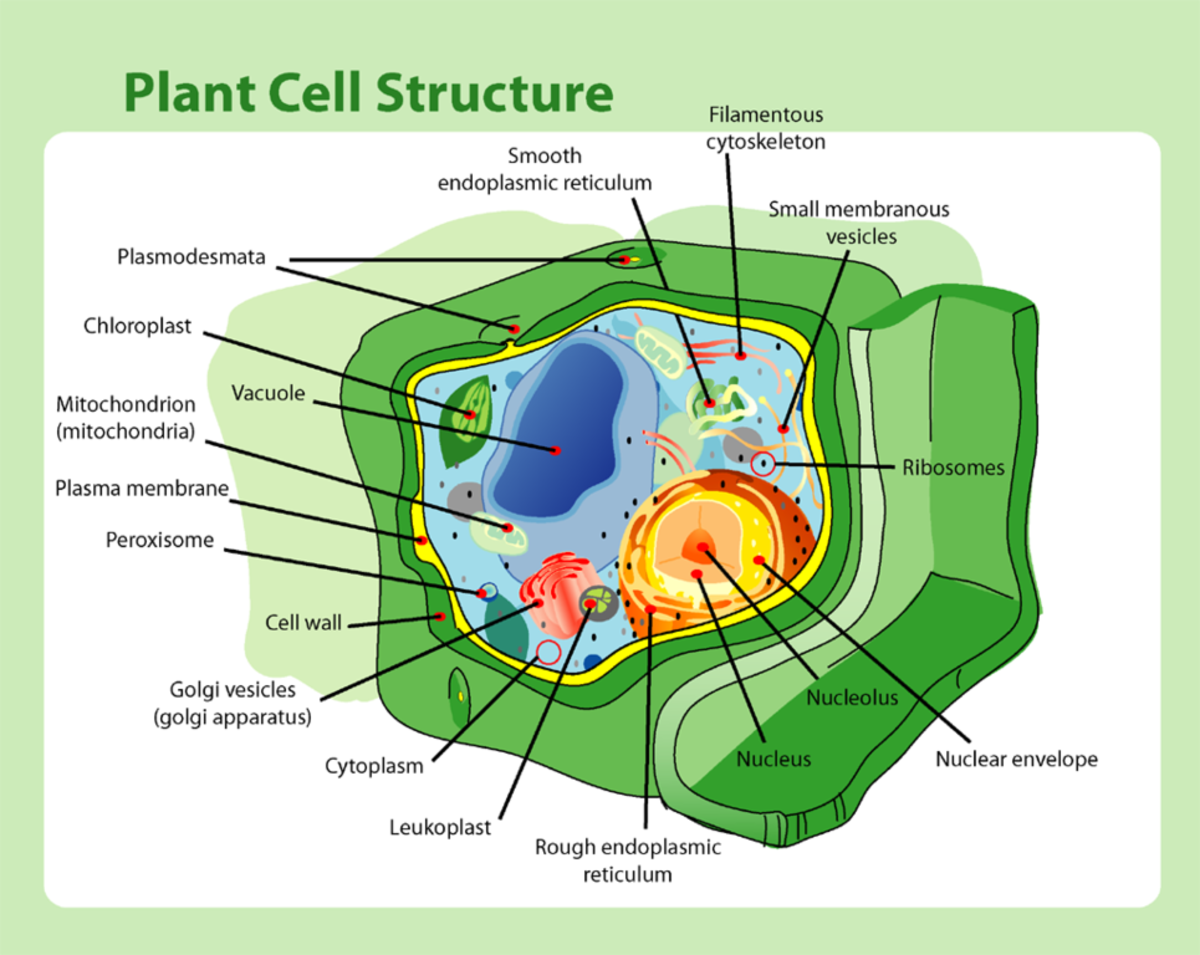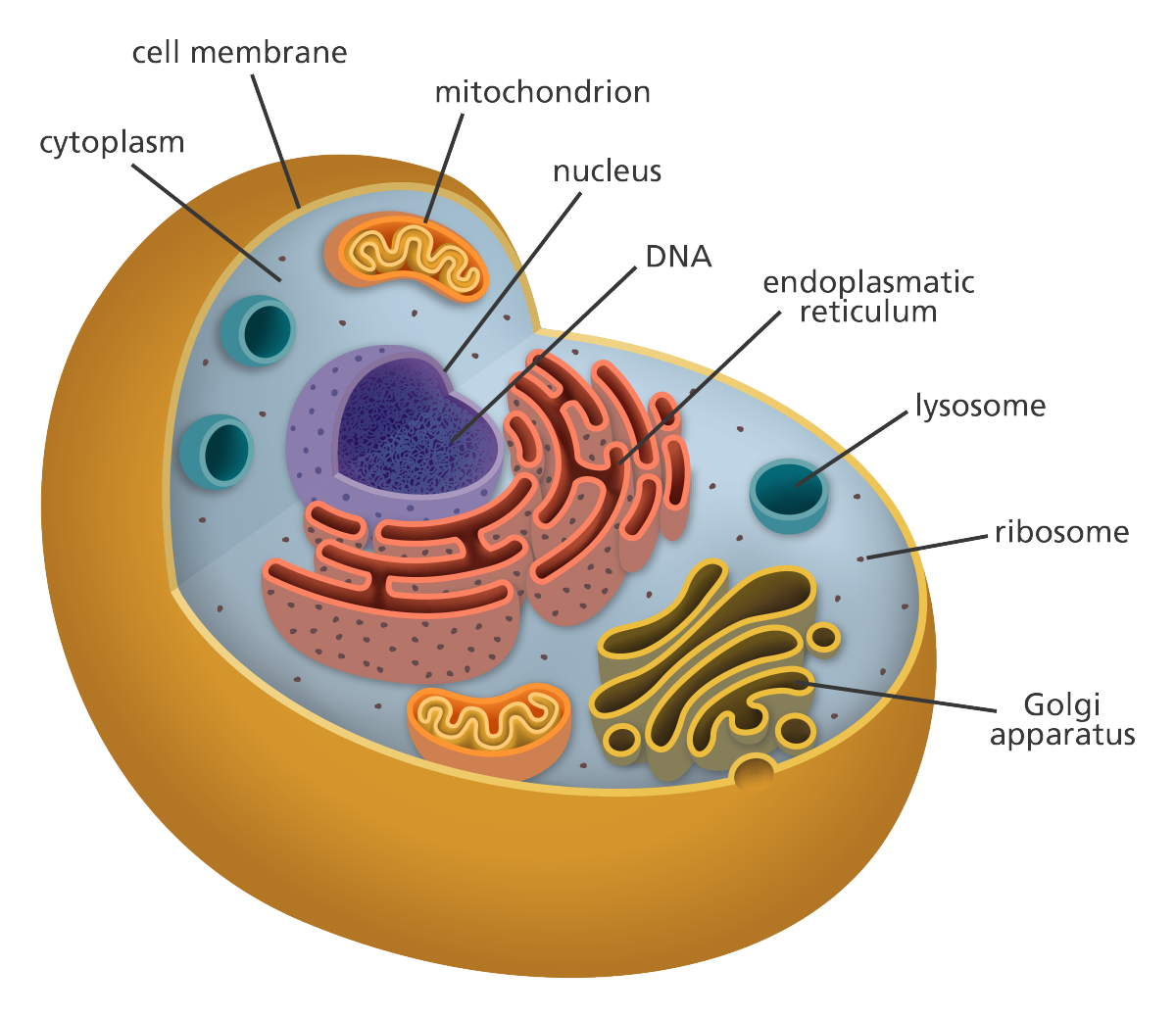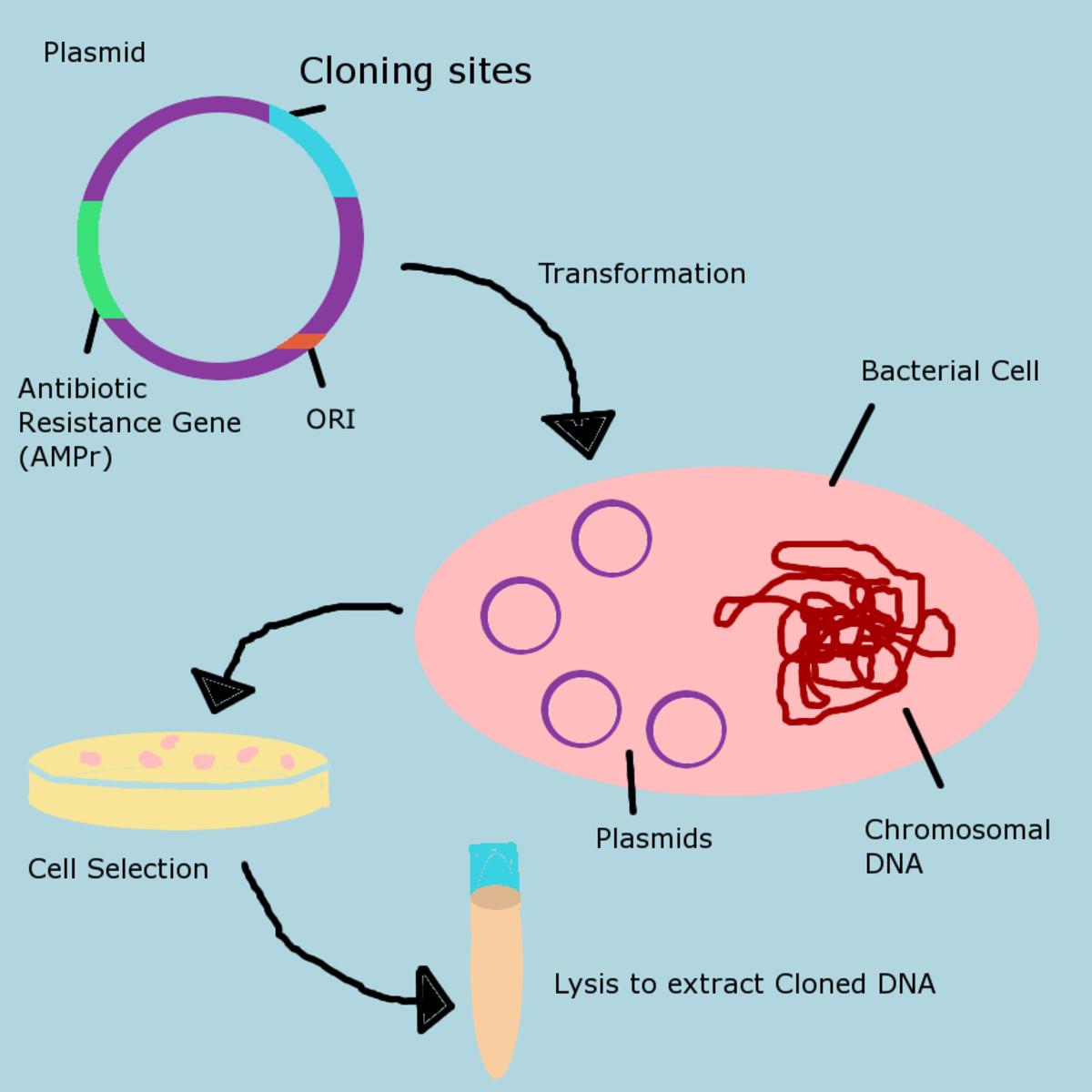Cell Biology: Differences Between Prokaryotic and Eukaryotic Cells
Labeled Diagrams of Prokaryotic and Eukaryotic Cells
Click thumbnail to view full-size




Introduction
Among all living things of planet Earth, there are only two main types of living cells---only two; prokaryotes and eukaryotes.
Prokaryotes consist of simple organisms; bacteria and bacteria-like microbes. Eukaryotes are everything else, from maple tree to Man. The following articles and links below will guide you to additional information about these most basic units of life.
Articles Comparing Prokaryotic and Eukaryotic Cells
Prokaryotic and Eukaryotic Cells - The Difference between Prokaryotes and Eukaryotes: There are only two basic types of cells. Primitive prokaryotes include bacteria and Archaea. The more complex eukaryotes are all living things other than bacteria and Archaea, and have cells containing a nucleus and other membrane-bound compartments. This article summarizes the main features that distinguish these two cell types.
Difference between Plant and Animal Cells - Comparison of the Two Main Types of Eukaryotic Cell Structure: Both plant and animal cells are eukaryotic, with a nucleus and membrane-bound organelles. Although these two cell types have many similarities, there are also key differences between the cells of plants and animals. Here is a summary.
What Is a Eukaryotic Cell? Eukaryotic cells (Eukarya) are more complex, having evolved from a prokaryote-like predecessor. Eukaryotic is a cell type that you are very familiar with, whether you know it or not. Eukaryotic cells are the tiny units of life that make up your entire body.
Biology Class Activity - Eukaryotic Cell Structure: This classroom activity can be used to familiarize students with basic cell structure and encourage them to think about how the membrane system of eukaryotes works.
Prokaryotic Cell Structure, Function & Diagrams: Prokaryotes - simple, single-cells, yet remarkably successful organisms. Here's an overview of the structures and functions of prokaryotic cells
Cytoskeleton of Prokaryotic and Eukaryotic Cell: A cell's cytoskeleton is a network of protein fibers that acts as a kind of scaffolding, giving shape and protection to both prokaryotic and eukaryotic biological cells. However this minute network does much more than keep the cell in its proper shape. It is also involved in cell division and transport of materials within the cell.
Links to Online Cell Biology Resources
- Home of CELLS alive!
A visual tour of cells, bacteria, viruses and their interaction with one another. - Prokaryotes and Eukaryotes - Comparing Prokaryote and Eukaryote Cells
All living organisms can be sorted into one of two groups depending on the fundamental structure of their cells. These two groups are the prokaryotes and the eukaryotes. - Cellular Biology: Prokaryotes vs. Eukaryotes
Thinkquest education reference site on the difference between prokaryotic and eukaryotic cells. - Prokaryotic and Eukaryotic Cells
Information on the difference between prokaryotes and eukaryotes from the College of DuPage.

